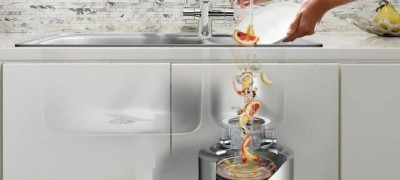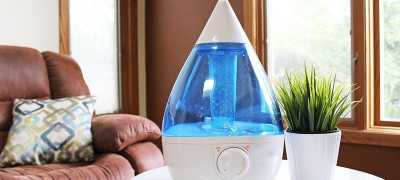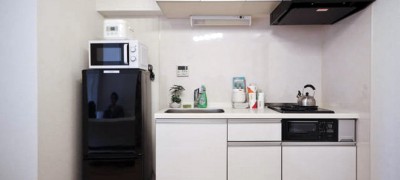Repair manual for washing machines
Any housewife is familiar with the difficult process of washing clothes by hand and at the first opportunity tries to get herself, perhaps, the most necessary assistant from the family of household appliances - a washing machine. But what if suddenly the faithful assistant went out of order? Hire the services of repair specialists or try to eliminate the malfunction yourself, while saving time and money?

We will try to draw up a clear step-by-step instruction on the repair of washing machines, but first we will conduct a training "educational program" and find out what types and types of this household appliance are currently offered by manufacturers, how they differ and what are the most common types of breakdowns.
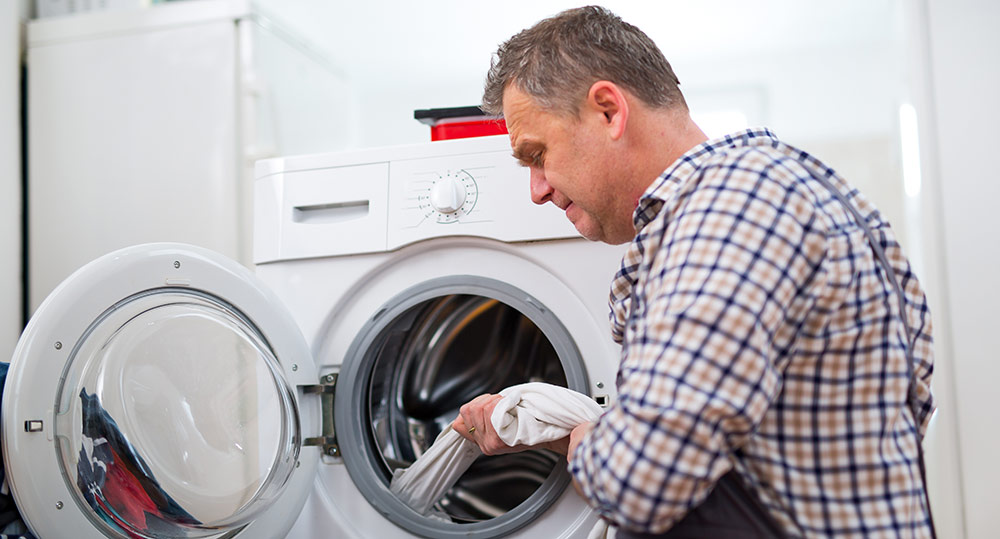
Types and types of washing machines
The conditional division of automation devices for hand washing has led humanity to two types:
- activator - washing in which is carried out due to the rotating so-called. impellers (disc at the bottom of the vertical container);
- drum - washing is carried out in a rotating drum of the machine.

In turn, the two types of washing machine devices are divided into three main types:
- Semi-automatic - a representative of the activator type of washing, having in its arsenal only a countdown timer, light weight and, as a rule, does not require connection to the water supply and sewer drain. Washing in such a machine requires constant human participation, due to which this type is practically not popular among consumers;
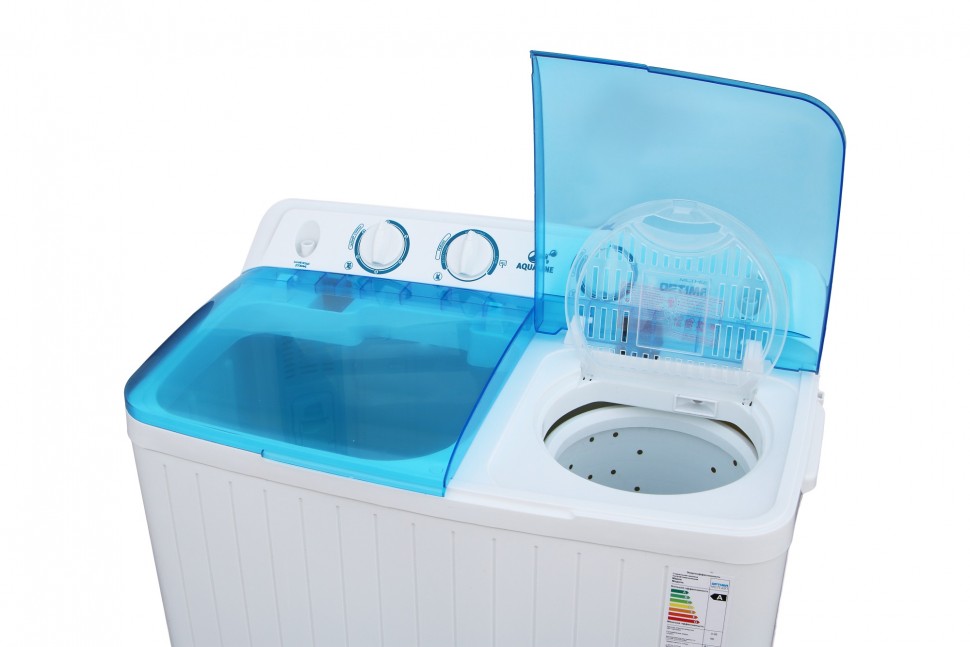
- Ultrasonic - mini devices for washing clothes due to the generated ultrasound, which are not taken seriously by many, because not able to remove even the most insignificant dirt, and, as a result, the least popular among all three types;

- Automatic - the most advanced among all, has many functions and software control. A representative of the drum type of washing, the machine is able to automatically calculate the required volume of water, build the temperature, spin speed and even fill in the exact dose of washing powder. The advantages include economical consumption of water and detergent, gentle effect on any type of fabric, two types of loading laundry - vertical and frontal. This is the most frequently purchased and used model, and we will talk about the maintenance and repair of an automatic washing machine. Please note: a washing machine with a vertical loading method is 20-30% more expensive than a washing machine with a front loading method, and, accordingly, its repair will cost more.

So how do you repair washing machines with your own hands? To do this, first of all, you need to study the structure and principle of operation of the device.

The main units of this household appliance can be considered:
- engine;
- electric heater (ten);
- drain pump;
- water tank;
- drum for loading linen;
- electronic control panel;
- water intake valve;
- machine body.

Washing in an automatic washing machine consists of several stages. At the first stage, water is collected through the valve into the drum and heated to the temperature set by the washing program, controlled by the timer and sensor. Detergents are also fed into the drum here. Depending on the selected washing mode, there are several stages of draining and collecting water. At the last stage, the spinning of the laundry is provided at high drum speeds at full power.

The most common malfunctions
Was the washing machine broken? Not being a professional in repairing household appliances, however, there are the most common signs that indicate the cause of the malfunction and allow you to diagnose the breakdown as accurately as possible.

- Does not drain water - very often after the end of the complete washing process and opening the door, you can find the remains of water in the drum. This means that your washing machine has a clogged filter or a broken pump. In the first case, clean the filter and check for water residues in the drum, and in the second, repair or replace it with a new one.
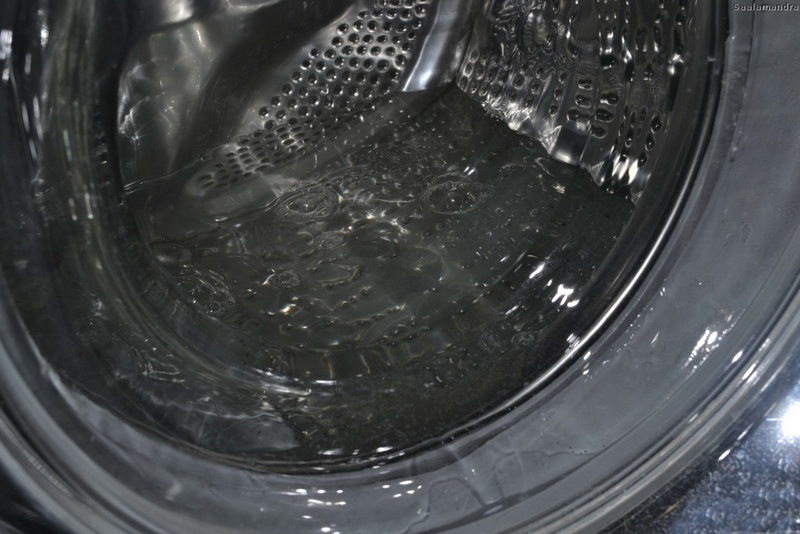
- Does not spin - if you did not turn off the spin function during the previous wash yourself, then the tachometer may break down (the part that controls the number of drum rotations and may fail when the automatic washing machine is overloaded) or the screw fixing the tachometer has become loose. Also, wear of the engine brushes or failure of the control module is possible.

- Does not collect water - if, when starting the first stage of washing, water is not drawn into the drum and the programmer gives information about its absence in the system, then most likely the supply hose is clogged, the inlet filter is out of order, or there was a failure in the system program when supplying water. You can try to cope with this malfunction yourself, for which you need to disassemble the machine, clean and rinse every part in the water supply system and start the washing process. In case of an unfavorable outcome of this procedure, you will have to start repairing the system or replace parts with new ones.

- Does not heat up the water - this malfunction can be hidden from the eyes for a long time, because the machine performs all the functions correctly, and you do not even suspect that the washing process takes place in cold water. The easiest way to check is to touch the glass in the door of the machine; it should be hot when washing with hot water. There may be several reasons for this: the heating element has malfunctioned (due to voltage drops, factory defects or power surges), the thermostat or programmer is out of order. In the first two cases, the heating element and the temperature sensor must definitely be replaced with new ones, but if the situation does not change when the programmer is updated, then it will have to be replaced.

- A working machine makes a strong knock and shakes - imported machines are very quiet. First of all, check the correct installation of the washing machine (the washing machine should stand firmly, exactly horizontally with the floor line), the presence of small parts that could get into the gap between the drum and the water heating tank during washing, bearing failure (in this case, the machine will creak and they will have to be replaced), failure of shock absorbers, which stop the drum oscillations during rotation (if one breaks down, then the whole device will “walk”). Important: always load the washing machine with laundry of at least the weight specified for this model and check that it is evenly distributed inside the drum).

- Water flows under the washing machine - most often it is the result of a rupture of the cuff of the hatch, a rupture of the nozzle or a burst of the gasket on the supply hose. These working parts wear out more often than others and need to be replaced, moreover, their cost is not so high.

- The machine does not turn on - this breakdown is much more serious than all the previous ones, and it is unlikely that you will be able to repair the washing machine when the power supply burns out or the system programming unit is damaged, it will have to be repaired in special service centers. But it may be that the outlet is faulty or the latch on the door is broken, as a result of which the door does not fit snugly against the drum, and the machine cannot start the program - you can fix these things yourself.

- Drum immobility - If a foreign object is stuck between the drum and the tub, try removing it yourself. Carry out diagnostics of the washing machine when the power supply is disconnected from the outlet, turn the drum by hand yourself, if there is no rotation, the drive belt may break, the engine may break, or the programmer has failed. All three causes of malfunction require disassembly of the device and serious repairs.

Do-it-yourself washing machine repair
Armed with the necessary knowledge and the reasons for the most common malfunctions of your automatic washing machine, we will try to determine which of them you are able to repair with your own hands, and where there is a need to resort to the help of specialists.

Remember that this unit consists of many assemblies and small parts, therefore, if you are starting this procedure for the first time, before any analysis, take a photograph on your phone of all images or video pictures of connections and joints in order to return the device to its original state at the end of the work.

Another important factor is the correct drainage of water from the tank, because breakdown, basically, happens when the device is running and this procedure must be carried out first.

From the above, we highlight the area of work on the repair of washing machines with a photo, as a rule, this is the replacement of the following parts with new ones:
- cleaning or replacing the filter;
- replacement of a worn out or torn drive belt;
- replacement of the pump of an automatic washing machine;
- temperature sensor;
- repair of the programmer;
- replacement of heating elements;
- installation of new shock absorbers

For self-repair, you will need the following tools:
- flat screwdriver;
- curly screwdriver;
- pliers;
- several flat wrenches;
- pliers;
- phase indicator;
- LED flashlight;
- ticks;
- soldering iron;
- service hook;
- hammer;
- long nose pliers.

Below, we give a video of replacing a drum or a programmer, more complex procedures that require the utmost concentration and attention.

The instructions for repairing washing machines, set out above, show that there are no particular difficulties in this process. All you need is desire, knowledge of the principle of the structure and operation of the unit and clear diagnostics. But remember that any breakdown is easier to prevent, so do not forget about preventive measures and respect.

VIDEO: Replacing a bearing in a washing machine.
VIDEO: The device of the washing machine controller.

